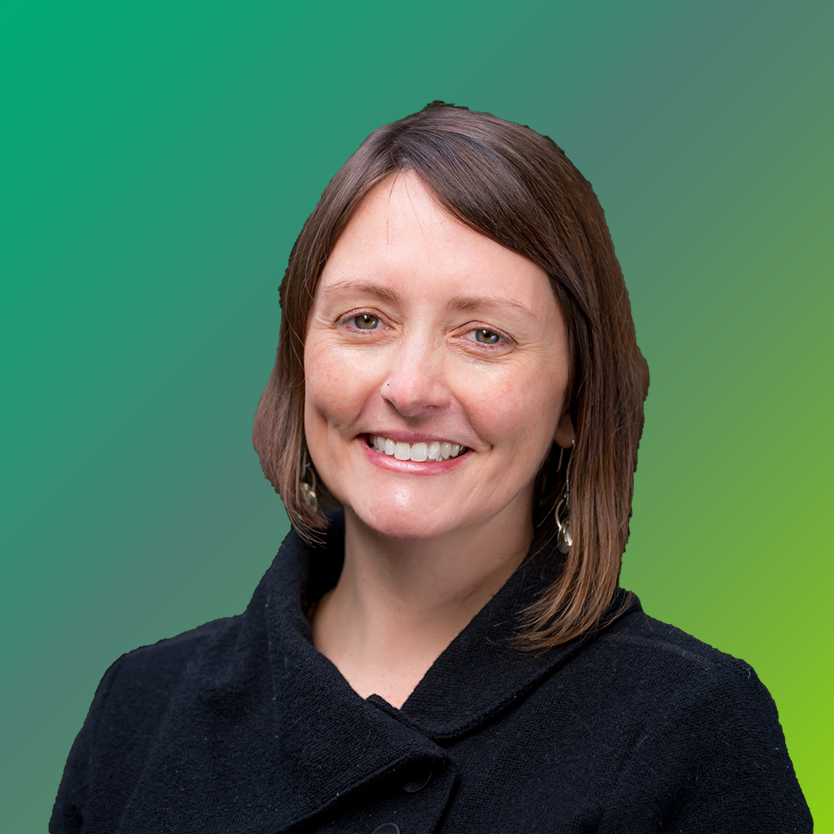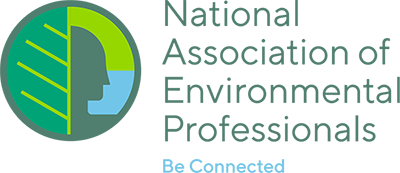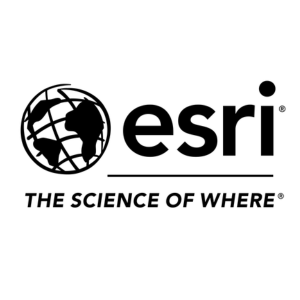|
Session B5
Application of a Watershed Approach to Mitigate a Large-Scale Highway Project
Kate Forester, PLA; Mark Ewbank, PE; Christina Merten, PE, PWS
11:00 – 12:30 PM (PT) | 2:00 – 3:30 PM (ET)
| About the Presentation |
|
The Washington State Department of Transportation's (WSDOT's) State Route 167 Completion Project will construct close to six miles of new highway between the city of Puyallup and the Port of Tacoma amid urban and agricultural lands and within the reservation boundaries of the Puyallup Tribe of Indians. WSDOT is using a watershed approach to bring innovation in addressing the expected increase in stormwater runoff with the opportunity for mitigation of area wetlands and rehabilitation of local degraded streams.
By adapting stormwater flow technologies and working with the Department of Ecology, the project has received approval by Ecology's Demonstrative Approach Team for alternative flow control methods that also address climate resilience associated with sea level rise. Existing streams and wetlands are in mostly poor condition, with many channels straightened for man-made purposes and wetlands overwhelmed by invasive vegetation. The project will realign and widen 1000s of feet of stream channels to approximate their predevelopment geomorphology, recreate an anastomosing stream system in a former peat wetland, restore native riparian vegetation, and restore over 80 acres of wetlands.
Most of the project's wetland mitigation requirements can be addressed within enlarged project right of way via constructing and enhancing wetlands and buffers in new and restored floodplain areas, maximizing the ecological value that can be accomplished within the project area and minimizing project costs. This presentation will provide an overview of the environmental analysis (including sea level rise), inter-disciplinary design approach, invasive vegetation treatment strategies, stream and wetland rehabilitation, floodplain re-connection, and creation of special habitat features. This project presents a new approach for WSDOT and an example of how a large transportation project can be an opportunity for watershed restoration.
 Planning & Permitting Track, 1.5 AICP Credits Planning & Permitting Track, 1.5 AICP Credits
|
| About the Speakers |
|
 Kate Forester, PLA Kate Forester, PLA
Landscape Architect
Herrera Environmental Consultants
Kate Forester is a landscape architect with 18 years of experience in natural resource management, planning, and design. She specializes in the incorporation of urban ecology into LID stormwater management and design. Kate believes that design should be responsive to local ecologies and cultures, enhancing the places we create for multiple generations. Kate's extensive background in landscape maintenance and field research informs and grounds her creative process and project work. She designs LID facilities for municipal and private clients, and trains maintenance staff to ensure maintenance practices are clearly understood. Kate is serving as the landscape architect leading the complex habitat restoration and enhancement design that is reconnecting key landscape habitats, including large wetland complexes, floodplain forest, alluvial stream channels, and riparian forests for the SR 167 project.
|
|
 Mark Ewbank, PE Mark Ewbank, PE
Restoration Practice Director
Herrera Environmental Consultants
Mark Ewbank is a senior engineer and project manager who works primarily on flood risk reduction and habitat restoration efforts in the Pacific Northwest. He collaborates with ecologists, geomorphologists, GIS analysts, permitting experts, community outreach specialists, and construction experts to plan and design multi-benefit projects that improve floodplain conditions in settings ranging from large, wild rivers to heavily impacted urban creeks. Mark is currently serving as the senior engineer for the restoration and mitigation work associated with the SR 167 project.
|
|
 Christina Merten, PE, PWS Christina Merten, PE, PWS
Associate Ecologist
Herrera Environmental Consultants
Christina Merten is an associate ecologist with over 20 years of technical experience in the natural resource monitoring, remediation and restoration field. She performs a variety of environmental studies for private and public development projects, which include wetland delineations, stream surveys, and mitigation plans. She has managed and participated in design of several wetland, floodplain re-connection and stream restoration/mitigation projects. Environmental permitting experience includes Clean Water Act (CWA) Section 404 permits, CWA Section 401 Water Quality Certifications, Hydraulic Project Approvals, storm water permits, Tribal approvals, shoreline permits, and consistency with local government critical areas codes. Christina is currently leading the critical areas identification and permitting efforts for the SR 167 project.
|
|

 Kate Forester, PLA
Kate Forester, PLA Mark Ewbank, PE
Mark Ewbank, PE Christina Merten, PE, PWS
Christina Merten, PE, PWS

